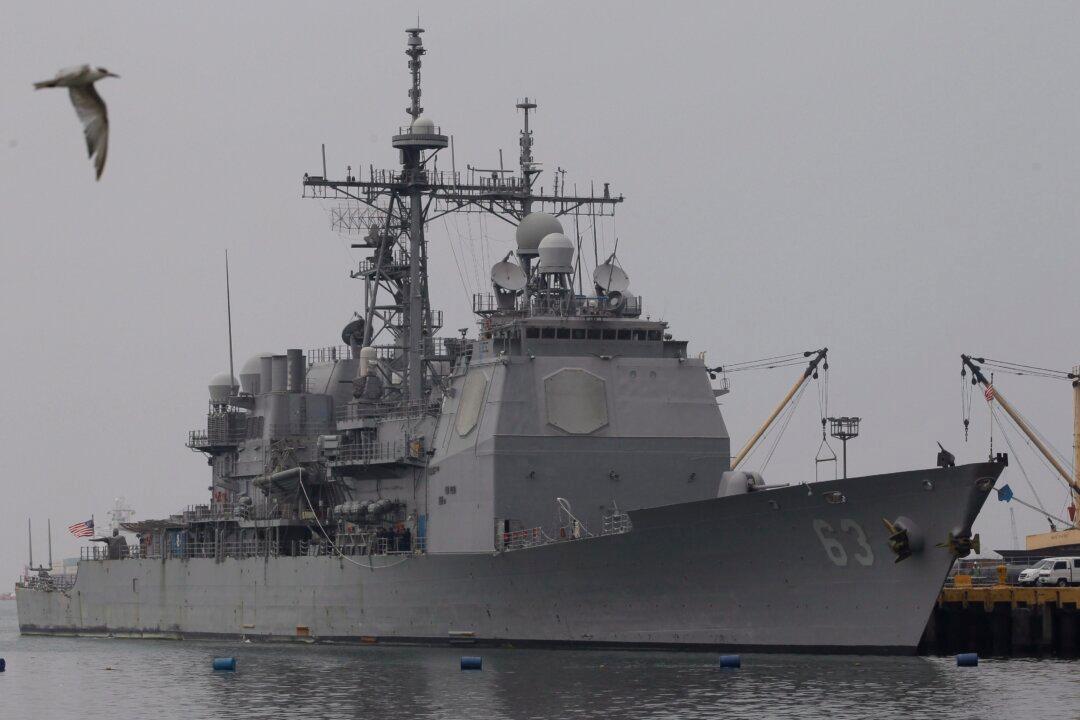Commentary
The United States spends more on defense than the next nine highest-spending countries combined. Yet the trend over the past 30 years has seen our Navy shrink in size and capability.

The United States spends more on defense than the next nine highest-spending countries combined. Yet the trend over the past 30 years has seen our Navy shrink in size and capability.